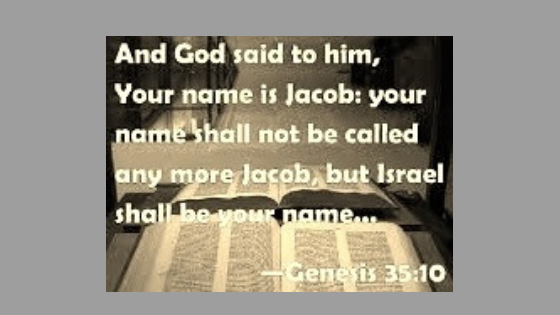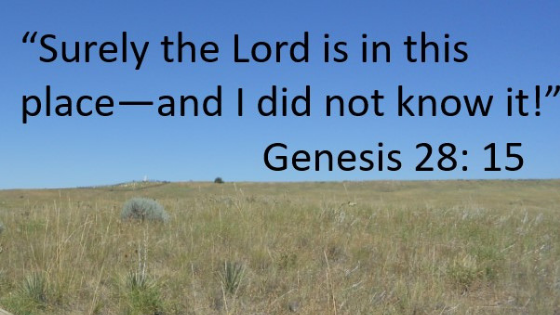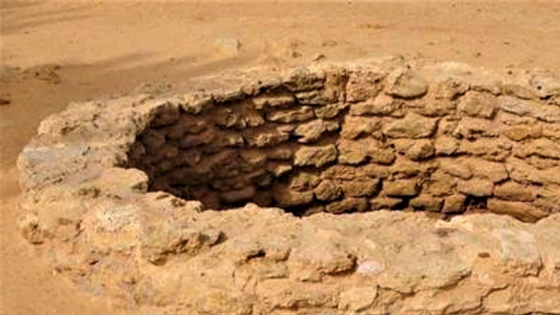
Shabbat Table Talk
Parashah Ki Tisa —Erev Shabbat March 2, 2018
Week of February 25–March 3, 2018
Torah portion: Ex. 30:11–34:35 Haftarah: 1 Kgs. 18 :1–39
This week’s reading is one of the most dramatic in the whole Hebrew Bible. The opening conserves an idyllic tonality putting us rather backwards, to the previous section, with the detailed explanations concerning ritual laws and norms providing purity of person and that of the future Temple. Thus the goal of these meticulous prescriptions is to enable the sons of Israel (בְּנֵֽי־יִשְׂרָאֵל), i.e. the sanctified people of God, to be testimonies of the Almighty’s self-opening for His holy ones’ sake [cf. Ex. 30:6]. In this sense both the numbering and a ransom for the soul of every man make it clear what kind of relationship binds The Holy One and his servants. The two beautiful metaphors of this complex and profound intimacy are to be found further: 1) the mixed fragrant ointment (שֶׁ֚מֶן) used to consecrate both the sanctuary and the sons of Aaron, and 2) the incense, a sort of the high-qualified, tempered together, pure and holy confected perfume (קְטֹ֔רֶת). The variety of those symbolic names and images renders with an excellent brightness how the extreme exclusiveness of the being apart from (it is the principal meaning of the term קֹ֖דֶשׁ) delimits the Revelation of the Lord and his perception from the point of view of His people. However this ideal picture tout court fails from the very beginning without even being performed in the mind of the attentive reader of the Biblical narrative.
The Golden Calf story strikes us by its hardness and unexpectedness. Its central place in this section is striking too, as if there were a counterpart of the giving of the tablets of Decalogue. In fact, we have to do with an agile narrative construction that puts forward the salvific dynamism of God’s Self-Revealing on Mount Sinai by using an antithetical language: first, Moses receives the tablets of Divine origin, then comes the tragedy of idolatry and finally, he makes by himself the new tablets after having destroyed the former ones. This intense antithetical polarity intertwined in itself – ad intra [the drama of Israel] & ad extra [the drama of the whole universe inscribed in the Divine Law as Rashi says] –, in the history of Christianity, was practically used and overused in order to discredit validity and distinctiveness of the First Testament. Especially in the Epistle of Barnabas this antagonistic attitude is exalted to an extreme point, so that his author may affirm: “when they turned to idols, they lost it (the covenant)” [Barn. 4:6c-7]. Similarly, in the Second Epistle to Corinthians [3:12–18] St. Paul seems to present rather a conflicting model of the relationship between the two Testaments and two nations: the veil of Moses is regarded as an obstacle for Israelites to see the divine glory. The coming of Christ removes it from the panorama of salvation, making of Christians a new Israel, the truly one who substitutes the ancient people of the ancient Covenant now completely broken.
The answer to such a challenging quest can be deduced from the biblical story itself. At the very end of the Parashah we are taught a lot of significant details that shed a light on the issue. The shining brilliance of the Moses’ face (as well as the veil!) focuses one’s attention on the divine dialectic or dialogical unity of the revelation and hiding, mercy and punishment, immanence and transcendence. Consequently, the turning point of the whole narrative lays on this divine choice, election that cannot all of a sudden be reduced or diminished by human will. Hence it is comprehensible why the mediation of Moses as a redeemer reached so quickly the Divine hesed (חסד), why Moses himself revives – in an impressive manner in this story – a partnership of a mystical betrothal that still binds people of Israel as Sion, Daughter of a Voice, to His Beloved Bridegroom [cf. Hos. 2:19].
The second reading with another impressive narrative profile of Elijah, irreprehensible in his prophetic zeal, functions as a perfect conclusion to the majestic story of the renewal of the unique Covenant pulsing in the heart of the whole of humanity. The triumph of the Lord over the false gods symbolized by two calves in the present Torah portion has to be proclaimed as the Prophet does (1 Kgs. 18:36ss.) inviting to this outstanding prayer heaven and earth [cf. Ps. 148]. From the point of view of pragmatics this final “The Eternal alone is God!” proclaimed twice echoes to a large extent in the previous and following sections stressing such a great need of dialogue in a modern time: a dialectics that opens mind and heart of everyone but mostly manifests a Divine Imperative to be attentive to a Voice that surrounds us, to hear It, to transmit It, to revive continually Its fullness and surprising presence.
For Reflection and Discussion: 1. What kind of spiritual experience may suppose the shining face of Moses? Which other biblical texts revive these prominent “light” metaphors? 2. What are my real challenges and successes in this Lent’ season to keep unbroken a Covenant with God? 3. How are tensions of Divine Revelation realized in my life?
Bibliography: Plaut, ed., The Torah, A Modern Commentary (New York, 1981); Grilli, Quale rapporto tra i due Testamenti? Riflessione critica sui modelli ermeneutici classici concernenti l’unità delle Scritture (Bologna, 2007); Fritz, “Sabbath Rest and Sunday Worship: We Are Entitled to Both”. P. 38–52 Available on this link.
This week’s teaching commentary was prepared by
Philopheus Artyushin, Moscow Theol. Academy, Doctorate in Biblical Theology,
Bat Kol alumnus 2011 artyushins@yandex.ru [Copyright © 2018]
……………………………………………………………
PLEASE NOTE: The weekly Parashah commentaries represent the research and creative thought of their authors, and are meant to stimulate deeper thinking about the meaning of the Scriptures. While they draw upon the study methods and sources employed by the Bat Kol Institute, the views and conclusions expressed in these commentaries are solely those of their authors, and do not necessarily represent the views of Bat Kol. The commentaries, along with all materials published on the Bat Kol website, are copyrighted by the writers, and are made available for personal and group study, and local church purposes. Permission needed for other purposes. Questions, comments and feedback are always welcome.
……………………………………………………………
Bat Kol Institute for Jewish Studies, Jerusalem, 1983-2018
“Christians Studying the Bible within its Jewish milieu, using Jewish Sources.”
Website: www.batkol.info; Parashat Admin: gill@batkol.info



